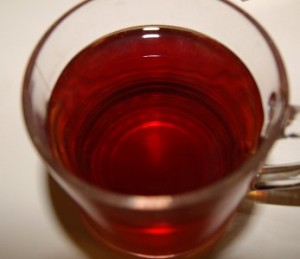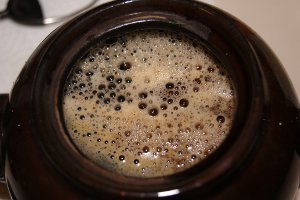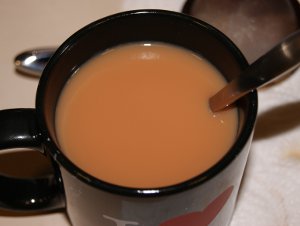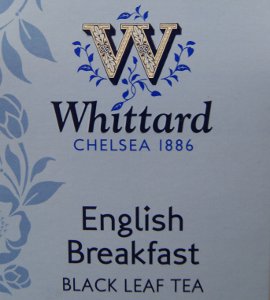Rooibos (Afrikaans for red bush) is an plant indigenous to South Africa that is used to produce and herbal tea by the same name. Commonly referred to as “red tea”, rooibos is free of caffeine and known for its calming effect.
A few rooibos options were available at the grocery store — all in teabag format of course. I went with an organic version, thinking it would be the truest representation.
I’ve made this tea a handful of times already. The medicinal flavor that so many people complain about was noticeable at first. On subsequent tries, however, the medicinal quality became less prominent as did the flavor in general.
Rooibos tea has gentle flavor — an earthy, almost nutty taste — with mild sweetness. I don’t detect vanilla as is suggested on the packaging. No sweetener is needed in my opinion.
This herbal tea has grown on me. I now use two teabags for a stronger cup and look forward to trying a loose tea version. Caffeine free and mellow, rooibos tea is great in the evening after you’ve exercised and/or are trying to wind down.





